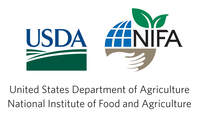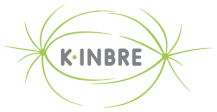Broadly, our research aims to unravel how (i)genomic diversity impacts microbial functions across various environment, (ii)individual microbial population and their function within the community context, and (iii)microbes interact with its host, and thus impact on the health at various spatial and temporal scales.
Plant-soil microbiome
- Microbiome of the aquatic, plants and soil (MAPS)
- Plant host-microbe interaction
Gut microbiome
We use mouse model, swine model and human microbiome data to examine the microbial community function longitudinally. We use high-resolution gut-associated microbial community functional analysis beyond marker genes to elucidate the impact on microbial function as a result of early antibiotics exposure. This project is funded by K-INBRE and KSU JCRC awards.




